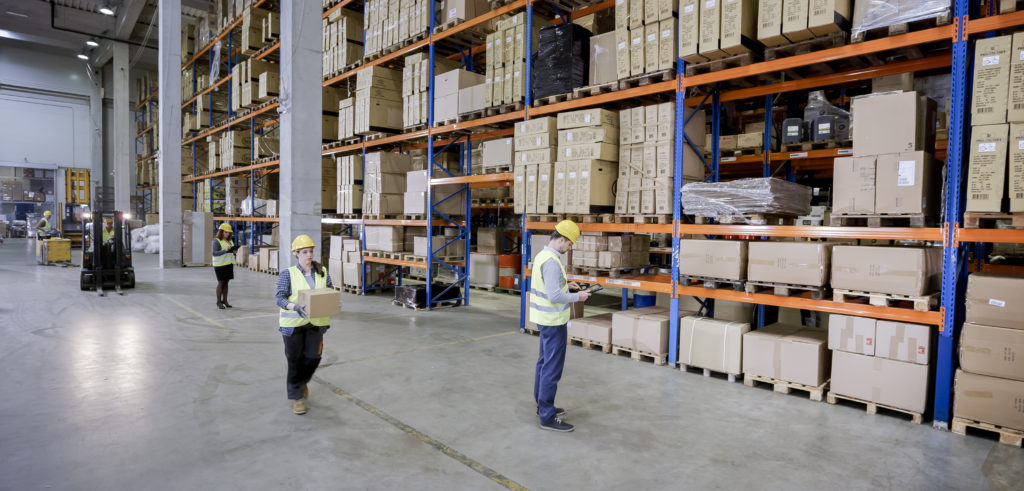Business is all about supply and demand. Of course, real estate follows these same rules. Therefore, your supply chain refers to the process of making and delivering a product to a customer. Alternatively, the reverse supply chain focuses on products and services that are coming from the customer back to the original owner (think returns).
Here, we will discuss common issues and problems with reverse supply chains. Hopefully, you will gain a better understanding of the process and equip yourself with the necessary knowledge and skills to deal with reverse supply chains.
The Rise of Online Shopping
Online shopping is posing an increased risk to the reverse supply chain. This is because online orders require much less person-to-person contact, allowing things to potentially get lost inthe shuffle of everything. Big companies, including Amazon, are seeing the challenge of reverse supply chains — and they’re trying to better the situation.
Product Acquisition and Organization
When buying a product, you’re simply required to press “purchase,” then, the item that you’re expecting shows up at your door. However, returning a product can be a lot more complicated. This process includes accepting the product, tracking the product, matching the product with the correct customer, and so forth. With that being said, there are many areas of the return product acquisition and organization that could be optimized to better serve the reverse supply chain.
Return the Inspection
When products are returned to the reverse supply chain, it is necessary to inspect them. Inspection ensures that products are fairly returned and haven’t been damaged beyond means within the sale and return dates. Although necessary, this process could easily be automated in order to free up valuable time for your workers.
Technology Trumps All
In order to keep up with the automated steps of a reverse supply chain, technology is ultra-important. High tech buildings with smart features are more likely to be safe and calm — plus it is able to understand the reverse supply chain.
Different Companies Have Different Needs
In conclusion, it’s important to understand that each supply chain issue is unique to the company dealing with the problem. Therefore, you’ll want to take a look at your company to determine where the difficulties are arising from and whether or not it’s an increasing or decreasing problem.
Be sure to consider how reverse supply chain is impacting your business. It may be time to change jobs altogether or to suggest alternative methods to maintain sustainable reverse supply chain demands to your boss.






